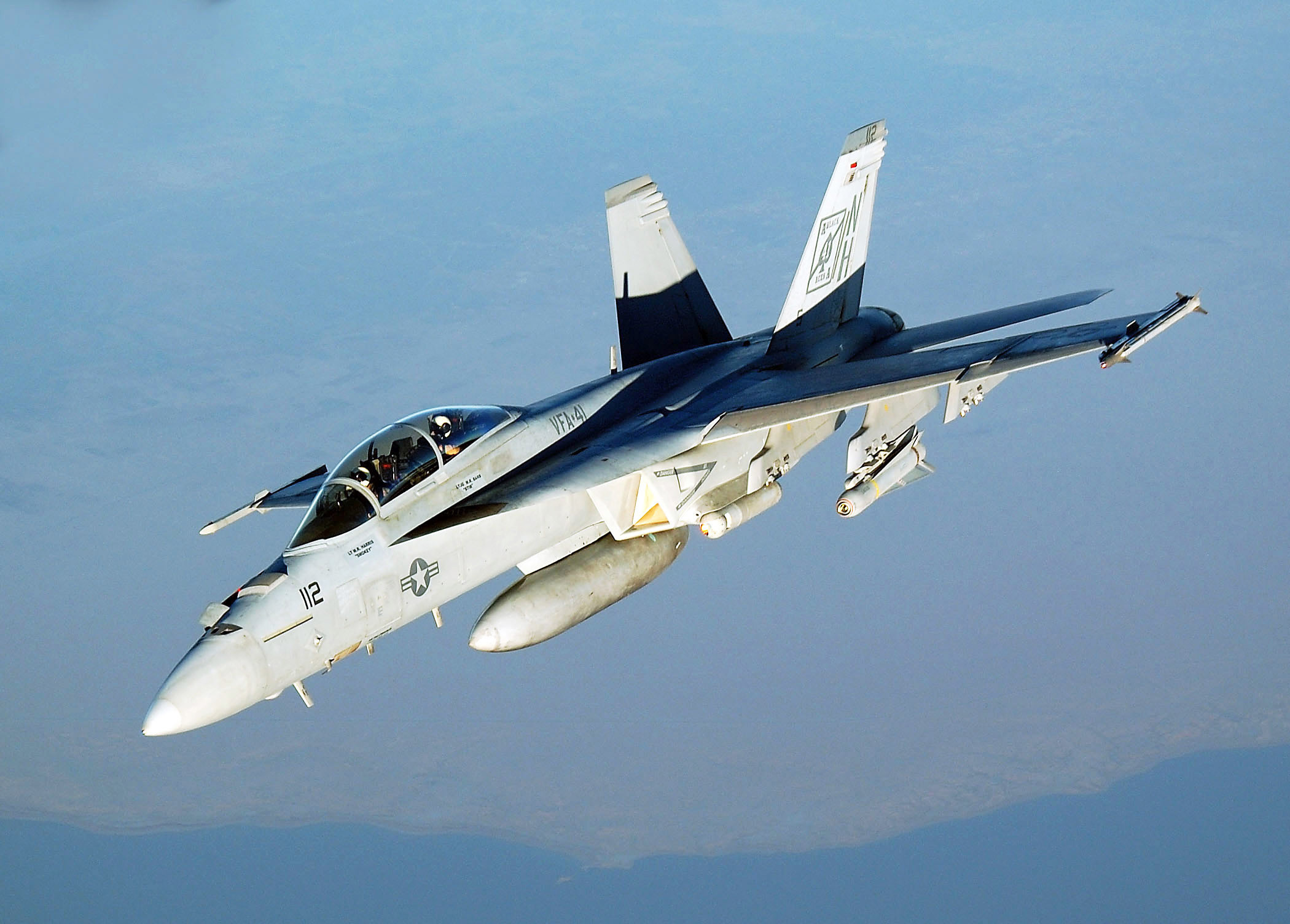Sunday, 21 July 2019
UFO News Article:
“U.S. Fighter Jets Are About To Get Infrared
Sensors That Could Be Huge For UFO Reporting”
9 July 2019
(The Drive, U.S.A.
The U.S. Navy and U.S. Air Force will soon “field very
capable infrared search and track systems (IRSTs),” Tyler Rogoway writes.
Wikipedia article: “Infrared search and track”:
Quote from the Wikipedia article:
“An infrared search and track (IRST) system
(sometimes known as infrared sighting and tracking) is a method for
detecting and tracking objects which give off infrared radiation (see Infrared
signature) such as jet aircraft and helicopters.[1]
IRST is a generalized case of forward looking infrared
(FLIR), i.e. from forward-looking to all-round situation awareness. Such
systems are passive (thermographic camera), meaning they do not give out any
radiation of their own, unlike radar. This gives them the advantage that they are
difficult to detect.
However, because the atmosphere attenuates infrared to
some extent (although not as much as visible light) and because adverse weather
can attenuate it also (again, not as badly as visible systems), the range
compared to a radar is limited. Within range, angular resolution is better than
radar due to the shorter wavelength.
Early systems
The first use of an IRST system appears to be the
F-101 Voodoo, F-102 Delta Dagger and F-106 Delta Dart interceptors. The F-106
had an early IRST mounting replaced in 1963 with a production retractable
mount.[2] The IRST was also incorporated into the Vought F-8 Crusader (F-8E
variant) which allowed passive tracking of heat emissions and was similar to
the later Texas Instruments AAA-4 installed on early F-4 Phantoms.”
Boeing F/A-18F Super Hornet fighter jets use a modern IRST system (wikimedia.org) (wikimedia.org photo)
UFO Article & Radio Interview:
“Sean Cahill, Navy UFO Encounter
and Guadalupe Island Investigation”
By Alejandro Rojas, 16 July 2019
(OpenMinds.tv/Open Minds UFO Radio,Tempe , Arizona
(OpenMinds.tv/Open Minds UFO Radio,
Sean Cahill was the Chief Master-at-Arms aboard the
USS Princeton during the November 2004 USS Nimitz Carrier Strike Group 11 UFO
encounters, Rojas reports.
These UFO incidents occurred about a hundred miles
south
west of San
Diego , California
on 14 November 2004 (Fravor and Slaight).
To my knowledge, eight U.S. Navy personnel, Sean
Cahill, Kevin M. Day, David Fravor, P. J. Hughes, Omar Lara, Jim Slaight, Jason
Turner and Gary Voorhis, have talked about the UFO incidents on the Internet.
Sean Cahill was the Chief Master-at-Arms aboard the
USS Princeton.
Kevin M. Day was a radar operator aboard the USS
Princeton.
David Fravor, who chased the UFO (resembled a white
Tic Tac), was flying his F/A-18F
Super Hornet jet fighter.
At the time of the UFO incident, Fravor was the
commanding officer of the VFA-41 Black Aces, a U.S. Navy strike fighter
squadron.
P. J. Hughes was an aviation technician aboard the USS
Nimitz.
Omar Lara was a Flight Decker in Air Ops aboard the
USS Nimitz.
Lieutenant Commander (later Commander) Jim Slaight was
the pilot of the second F/A-18F
Super Hornet jet fighter.
Jason Turner was a Petty Officer Third Class (in
Supply) aboard the USS Princeton.
Gary Voorhis was a Fire Controlman Petty Officer Third
Class aboard the USS Princeton.
A large number of UFOs were recorded on radar on and
off for several days during the November 2004 U.S. Navy exercise, according to
USS Princeton radar operator Kevin M. Day.
Gary Voorhis experienced that the unknown objects
“zoomed around at ridiculous speeds and angles and trajectories,” and that “it
(the UFOs) was moving faster than our radar could register.”
(Published: 17 July 2019)
Related posts:
Freeze-frame of the Tic Tac UFO (filmed from a U.S. Navy
F/A-18F Super Hornet jet fighter on 14 November 2004)
(U.S. Department of Defense/disclose.tv/gstatic.com image)
(wikimedia.org photo)
Subscribe to:
Comments (Atom)

.jpg)

